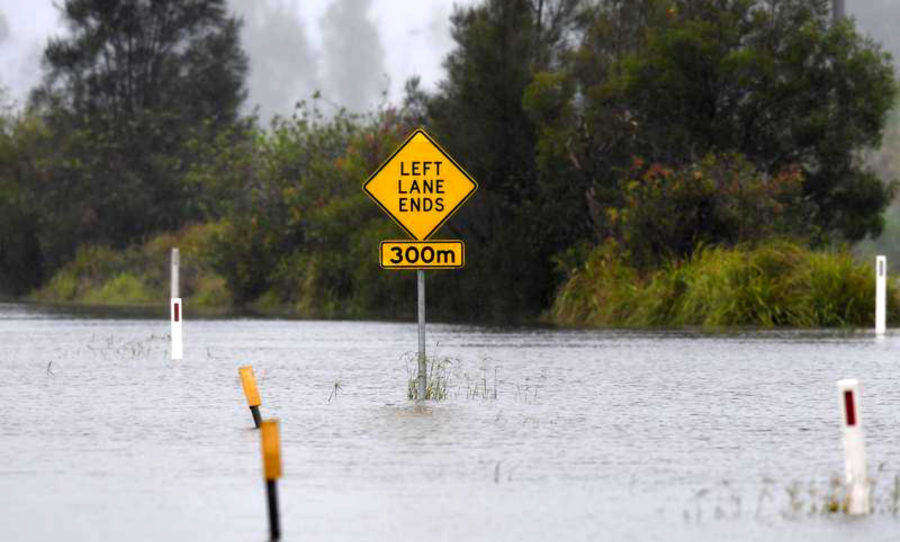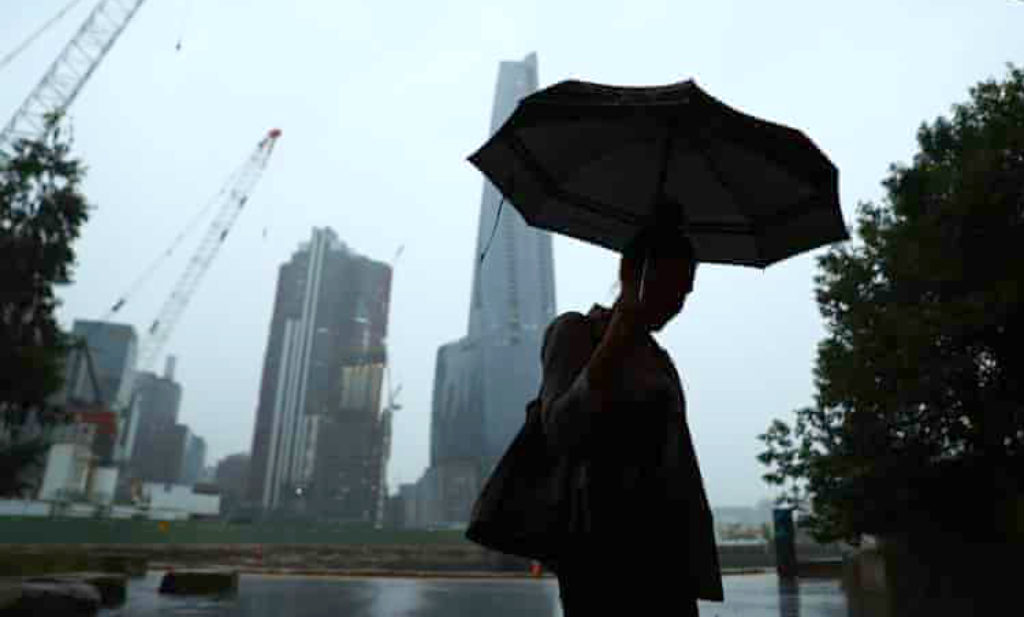Time to batten down the hatches, the east coast of Australia is currently experiencing life-threatening flooding in a once-in-a-generation weather event.
Residents up and down the east coast of Australia are being warned to prepare for dangerous flooding and wild wind. The Bureau of Meteorology (BOM) has issued severe warnings, ranging from the Mid-North Coast to Sydney’s North. The BOM has predicted “intense rainfall which may lead to dangerous and life-threatening flash flooding” for the mid-north coast and parts of the Hunter over the weekend.
Areas across the eastern coast have already experienced huge downpours causing flash flooding and the closure of the University of Newcastle Callaghan and Ourimbah campuses. A school at Coffs Harbour has been evacuated following fears the surrounding roads will be cut off by floodwaters. The weather is only expected to get worse over the coming days. Transportation services across Sydney have been majorly disrupted with hefty delays, as well as heavy road traffic across the city, as emergency services prepare for intense weather on Friday and Saturday. It is predicted that Sydney will be receiving up to 50 millimetres of rain on Friday, and a huge 120 millimetres on Saturday.

BOM meteorologist Jackson Browne stated that the weather cell “will likely continue into Saturday and move southwards into the Sydney Basin and the Illawarra. Strong, moist easterly flow in the Tasman Sea is pouring into the NSW Great Divide, with a coastal trough forming, providing a focus for heavy rainfall.”
Coordinator of Duty Operations Sharon Fox stated that the SES has conducted nine flood rescues – a huge concern for the emergency service. “We really need to get the message clearly out to the community that if you’re driving on the road and you come across a flooded road, please don’t attempt to cross. It does not take much rain at all to push your car off the road.”
A Severe Weather Warning for heavy #rainfall, possibly life-threatening & damaging winds has been issued for the #MidNorthCoast. Persistent & heavy rainfall will impact the Lower #Hunter, #Sydney & #Illawarra over Friday & the weekend.
Latest warnings: https://t.co/LYSqzZtRnD pic.twitter.com/e4ztIVGwpc
— Bureau of Meteorology, New South Wales (@BOM_NSW) March 18, 2021
The weather cell is set to deliver the heaviest rainfall since February 2020, according to an article from The Guardian. Catchments across the coast are filling up rapidly, and it won’t take much more for flooding to occur, says the Bureau of Meteorology’s Agata Imielska. The low-pressure system is a “significant system,” “it’s the difference between being inconveniently wet to conditions drastically changing to being dangerously wet.”



